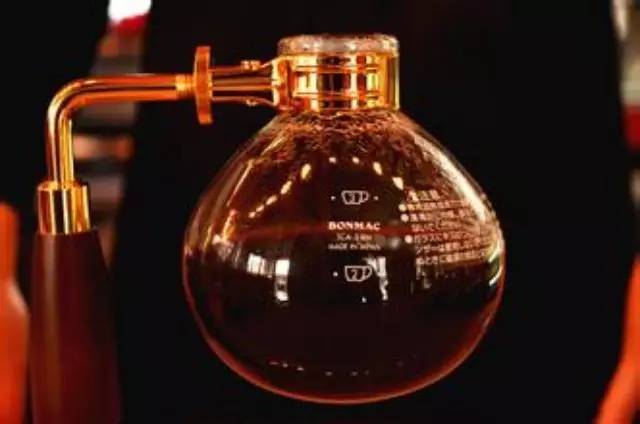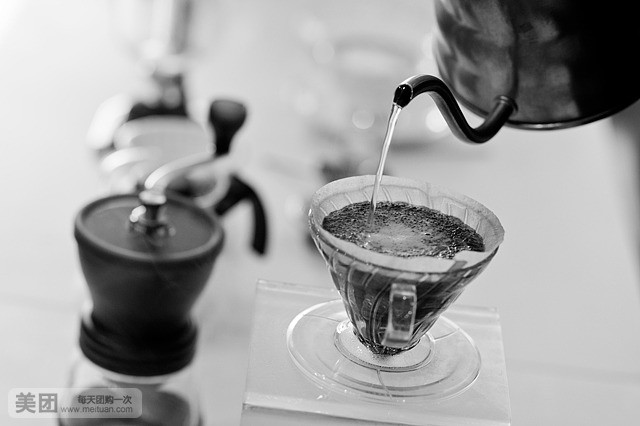Coffee technology; detailed introduction to the use of SCAA cup meter

Coffee cup meter
In recent years, the coffee roasting market continues to heat up, the international trade of raw beans is becoming more and more frequent, and the market of coffee beans is gradually opening. in the industry, "boutique coffee, self-baking" / "fresh quality, selection of grains" / "selection of fine products, private customization" / "ancestral and dispensing prescriptions for generations".
The tide of coffee entrepreneurship is unprecedented, the mantle of roasting skills has been handed down, and the learning of cup testing has been scraped and hardened.
SCAA "American Fine Coffee Association" is the world's largest coffee trade association, is a trade organization focused on quality coffee. The scientific system in coffee cup testing is one of the directions for coffee roasters and cup testers to learn!

Usage of SCAA cup meter
The SCAA coffee cup meter is marked from 6 points and is divided into four levels:
6 points as "good"
7 points as "very good"
8 points as "excellent"
9 points as "extraordinary".
In addition, each grade is divided into four grades, and the score unit is 0.25 points, so the four levels have a total of 16 points.

In the SCAA coffee cup meter, the horizontal mark represents the quality, and the vertical mark represents the level of "strong, medium and weak". Only the three columns of "dry / wet fragrance", "acid" and "alcohol thickness" refer to the "strong, medium and weak" mark, but the "strong, medium and weak" mark is only for the judges, not the score.
1. Dry incense / wet incense (Fragrance/Aroma)

Dry incense refers to the aroma of coffee beans and the volatile aroma emitted before being ground into powder and before being brewed in hot water.
Wet incense refers to the aroma produced by brewing in hot water.
In the process of cup testing, special dried incense can be recorded in the Qualities column so as not to forget it.
After soaking in hot water and soaking for 5 minutes, break the residue with a cup spoon and smell the wet fragrance of the broken residue.
Second, flavor (Flavor)

Flavor refers to the water-soluble taste + volatile smell, a comprehensive perception of acidic fat and volatile fat in coffee.
Flavor is the overall sense of taste to the four tastes of "sour, sweet, bitter and fresh" and the sense of smell to the smell of the gas returning to the nasal cavity. This rating column should reflect the intensity, quality and richness of taste and smell.
Yu Yun (Aftertaste)

Yuyun refers to the taste of coffee liquid left in the mouth after spitting it out. If there is uncomfortable bitterness or other miscellaneous smell in the aftertaste, this score will be very low. On the contrary, if the aftertaste is full of sweet, hierarchical and long-lasting, it will give a high score. It should be noted that the flavor is good, the aroma is good, the aftertaste may not be good, but the flavor is poor, the afterrhyme must not be good.
Acid (Acidity)

The right acid can increase the activity, brightness and fruit flavor of coffee. When grading, it must be judged according to the quality of "acid" (acidity), not the strength of "acid" (acidity). When scoring, it should be noted that acid is not real or lack of connotation of dead acid, chemical acid, it is not easy to get a high score.
5. Alcohol thickness (Body)

The correlation between alcohol thickness and taste is not great, it is purely a kind of oral touch, especially the touch of the tongue, mouth and palate to coffee liquid, which is not as thin as water, full and "thick".
VI. Consistency (Uniformity)

Consistency means that when testing several cups of the same sample, regardless of the aroma, taste and taste of the entrance, they all maintain consistent stability. It is only accurate to detect warm coffee at room temperature from high temperature to room temperature, and some defective flavors will show their original shape when they cool down.
7. Sense of balance (Balance)

Balance refers to the composition of the overall flavor, mutual assistance to promote a whole, whether the change from high temperature to room temperature is balanced, if there is acidity or bitterness near room temperature, it will break the balance and it is not easy to get high scores.
8. Cleanliness (Clean Cup)

Cleanliness refers to the first to the last taste of the aftertaste, there is no unpleasant miscellaneous taste and taste. This item of the SCAA cup meter has five small squares, indicating that all five cups should be tasted. Which cup has a dirty taste, it will be marked and deducted 2 points in the corresponding square of that cup.
9. Sweetness

Sweetness has two meanings, one is the pleasant round sweetness, and the other is the sweetness that comes after sour. The latter is the sweet and sour product of caramelization and Mena reaction of carbohydrates and amino acids, which is not only the sweetness of sugar, but also closer to the sweet and sour feeling of fruit.
10. General comment (Overall)

This score is relatively subjective and is a comprehensive evaluation of the aroma, taste and taste of the sample.
Total score (Total Score): the total score is the total score of dry / wet fragrance, flavor, aftertaste, acid, alcohol thickness, consistency, sense of balance, cleanliness, sweetness and overall evaluation.
Demerit points: first of all, you need to determine whether it is a minor defect (Taint) or a major defect (Fault). Small flaw refers to the defective smell of dry and wet fragrance of coffee powder that has not yet been imported, although it is serious, but not so serious that it is difficult to swallow. The smell of the big defect is so serious that it hinders the mouth. Minor defects, 2 points per cup, big defects, 4 points per cup.
Deduction points = number of defect cups × defect strength
Final score (Final Score): the total score deducts the weakness bar score, which is the final score.
The final score is higher than 80 points, that is, the boutique level.
Source: coffee is wet.
Important Notice :
前街咖啡 FrontStreet Coffee has moved to new addredd:
FrontStreet Coffee Address: 315,Donghua East Road,GuangZhou
Tel:020 38364473
- Prev

Coffee brewing method: the basis of coffee-detailed introduction of the operation process of siphon pot
The basis of coffee-siphon pot operation process beaker, flask, alcohol lamp, which are generally believed to belong to chemical experiments are used to make coffee, this is the unique way of siphon coffee brewing. Siphon pot (Syphon), commonly known as "glass ball" or "siphon type" and "plug style", is a simple and easy-to-use method for brewing coffee. It is easy to operate and excellent for viewing.
- Next

Coffee brewing mode: several common factors affecting your hand brewing to master good hand brewing skills
Let's start with the most important thing. First of all, the coffee itself we make coffee, not orange juice, not green tea, so the coffee itself determines the basic taste of this cup of coffee. For example, whether this coffee is tanned or washed, it comes from Asia, Indonesia, Colombia in South America, or Ethiopia in Africa. When the coffee is confirmed, the coffee in your cup
Related
- What is the meaning of lactic acid fermentation with coffee bean treatment?
- How to judge the state of foam by sound?
- How does the latte pull out the unicorn pattern? Come to get for a little trick to improve the flower pull!
- Will flower pulling affect the taste of the latte?
- Do you know the history of coffee?
- The difference between honey treatment and sun washing what is raisin honey treatment?
- What kind of milk can a novice use to make coffee foam to keep the foam longer? The correct method and skills of milking tutorial sharing
- Why do washed coffee beans taste sour? Flavor characteristics of washed Coffee
- Introduction to the skill of how to practice the size and height of water injection around the circle of hand-brewed coffee
- How do beginners practice coffee flower drawing from scratch?

